Urumea River
Explores its promenades and avenues
In addition to the sea lapping at the city, Donostia/San Sebastián has a beautiful river running through it. The Urumea enters the city in the Loyola district and flows into the Bay of Biscay, between Mount Urgull and Zurriola Beach.
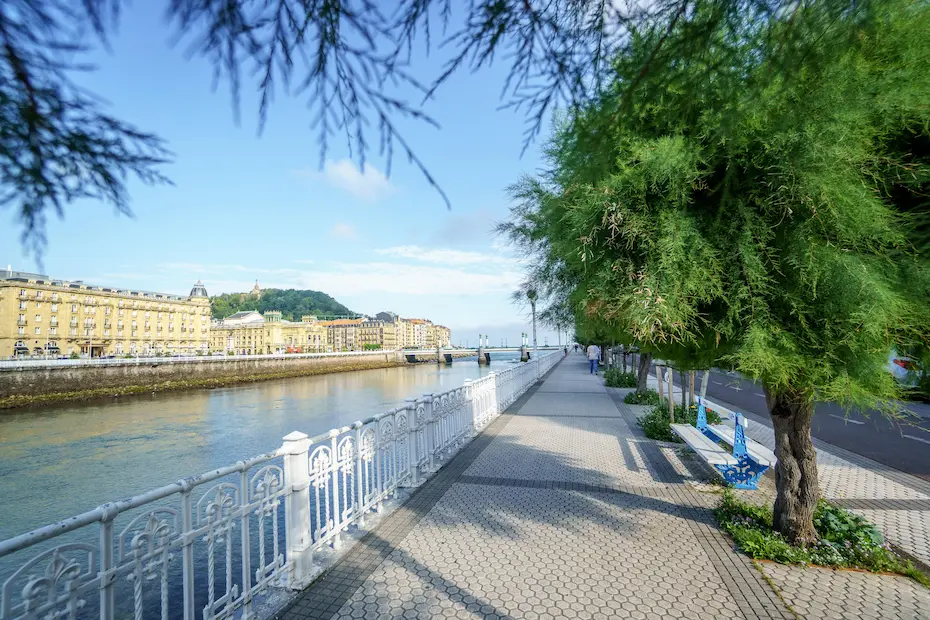
You can walk along both banks of the river along elegant promenades and tree-lined avenues. These are the most popular settings for runners, cyclists and walkers. You can also visit its numerous bridges, each one with a different architectural style and period, including the Zurriola, Santa Catalina and María Cristina.
Interactive Green Route: A 3.8 km route with 11 noteworthy stops along the banks of the Urumea
The Urumea bridges
Discover San Sebastián and its surroundings on a bike. San Sebastián and its surrounding areas have cycle lanes and green trails for a bit of sport; a safe and enjoyable way to cycle.

Zurriola Bridge
Next to the Kursaal Conference Centre, its striking Art Deco streetlamps set it apart. It’s the closest to the mouth of the Urumea and Zurriola Beach.
Next to the Kursaal Conference Centre, its striking Art Deco streetlamps set it apart. It’s the closest to the mouth of the Urumea and Zurriola Beach.
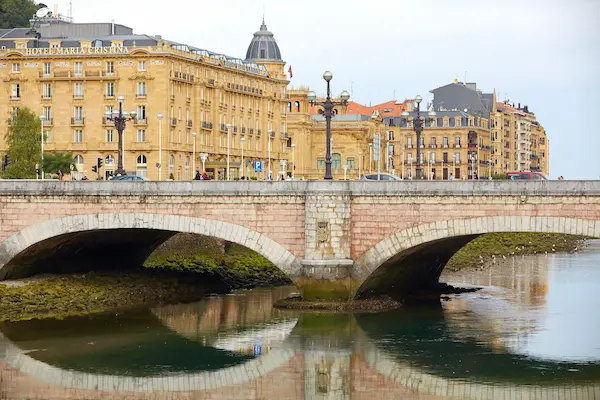
Santa Catalina Bridge
It’s the oldest one, and for many years it was made of wood. Its current image is the result of multiple demolitions and rebuilds.
It’s the oldest one, and for many years it was made of wood. Its current image is the result of multiple demolitions and rebuilds.
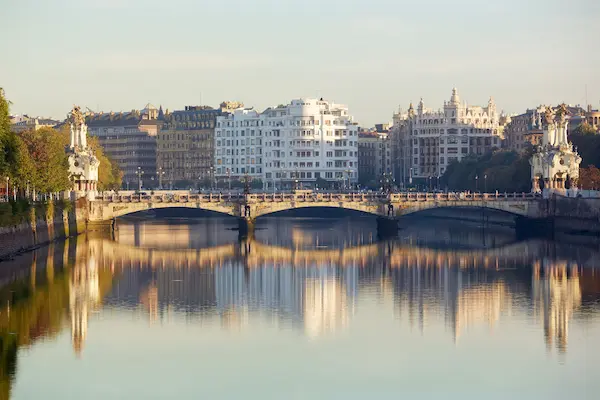
María Cristina Bridge
Inaugurated in 1905, it’s known for its four 18-metre obelisks, at each end of the bridge.
Inaugurated in 1905, it’s known for its four 18-metre obelisks, at each end of the bridge.
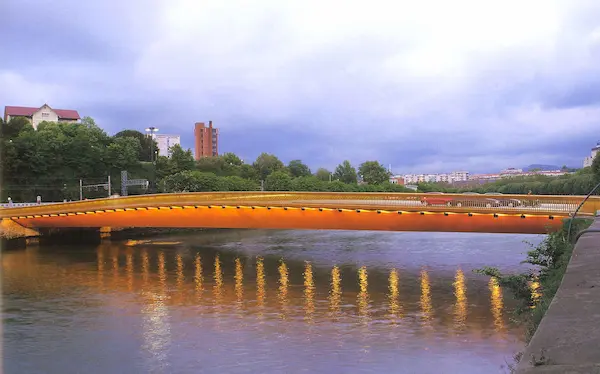
Mundaiz Bridge
Opened in 1999, at the time it was the only bridge spanning the Urumea without river supports. The area around it was also reurbanised.
Opened in 1999, at the time it was the only bridge spanning the Urumea without river supports. The area around it was also reurbanised.
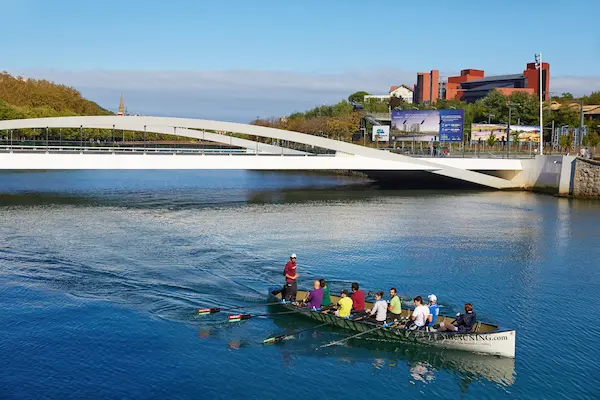
Lehendakari Agirre Bridge
With no river supports, its structure rests on the riverbanks. It is paved with 45,000 slabs in eight colours.
With no river supports, its structure rests on the riverbanks. It is paved with 45,000 slabs in eight colours.
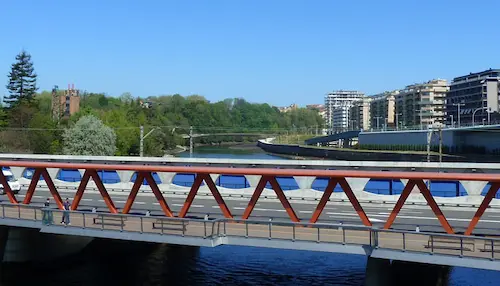
Real Sociedad Bridge
Built on the old Iron Bridge that provided access to the railway. The new bridge was opened in 2010.
Built on the old Iron Bridge that provided access to the railway. The new bridge was opened in 2010.
Beyond the centre
In addition to the six main bridges that cross the Urumea near the mouth, in the outlying neighbourhoods you’ll also find footbridges and Basque farm houses that played a fundamental role in Donostia’s development in the late 19th and early 20th centuries.